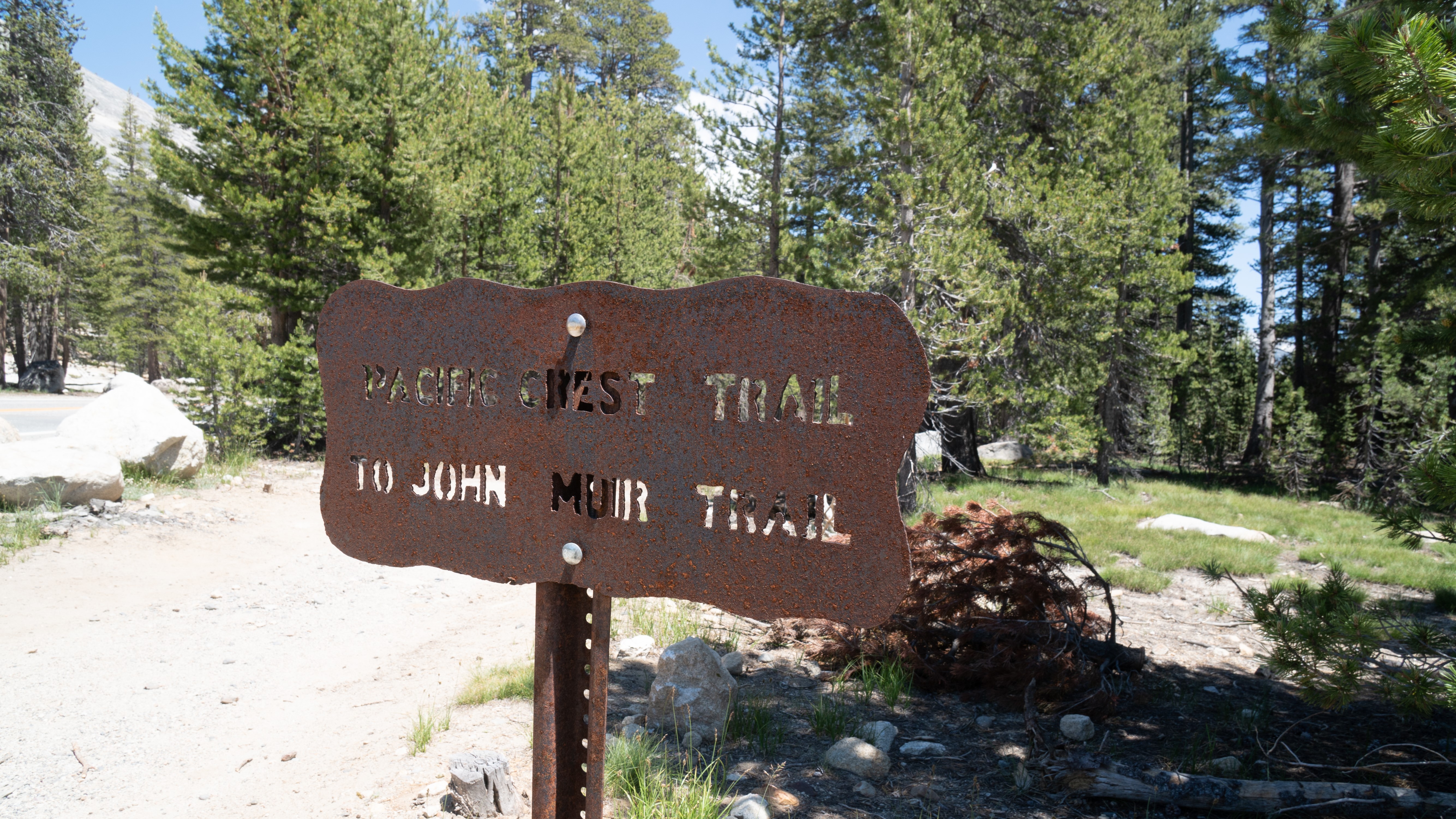
Now that the spring weather has arrived, you might have been hoping to get your hiking boots out and enjoy some of the best hikes in Yosemite National Park, but one trail will have to wait after a massive rockslide blocked one of the park's most popular hiking trails.
In an Instagram post dated yesterday, park officials revealed that the rockfall had occurred late at night on April 15. Hundreds of giant boulders, which you can see in images below, fell from the slope above the John Muir Trail between Clark Point and the top of Nevada Fall.
"Nearly 1,000 feet of trail are covered with boulders, trees, and other debris. The trail will require significant repair, including drilling and blasting of large boulders," writes the National Parks Service.
The trail has been closed for winter season, but its reopening is now thought to be delayed by several weeks while geologists assess the potential for additional rockfalls.
The JMT is a 211-mile hiking trail that travels through the high Sierra Nevada mountain range of California, crossing Yosemite, Kings Canyon and Sequoia National Parks. Its northern terminus is at Happy Isles in Yosemite and the southern terminus lies on the summit of Mount Whitney. Day hikers in Yosemite often use the trail for a quieter descent after hiking to Vernal and Nevada Falls.
For now, however, visitors will find that the access gates are closed at Clark Point and near the top of Nevada Fall.
"For your safety, please do not enter the closed section of the trail," warns the NPS.
How dangerous are rockslides for hikers?
Rockslides, which are a lot like avalanches but with boulders instead of snow, are common in mountain areas during the spring, when the freeze-thaw process loosens and dislodges sections of rock.
Most fatalities from rockslides actually occur on roads, not hiking trails. That said, a hiker was killed in Yosemite in 2017 when a chunk of granite broke off El Capitan and tumbled onto a trail below. Rockslides are impossible to predict, but there are some steps you can take to reduce your risk:
- Avoid hiking in areas of steep, rocky terrain during spring thaw.
- Avoid hiking in areas of steep, rocky terrain following heavy rains.
- Keep your eyes open for areas showing evidence of recent rockfall and hike carefully or avoid these areas.
- Avoid hiking in the fall line (the most direct line downhill) of steep terrain when there are other hikers above or below you.
- Stay on the trail and make use of switchbacks.
- If you’re hiking downhill on a wider, rocky trail in a group, hike side-by-side in parallel lines rather single file.
- In narrow areas like canyons and ravines, move through one at a time.
- Take care not to dislodge rocks and boulders when crossing scree or boulder fields.
Learn more in our article on rockslides and hiking safety.







